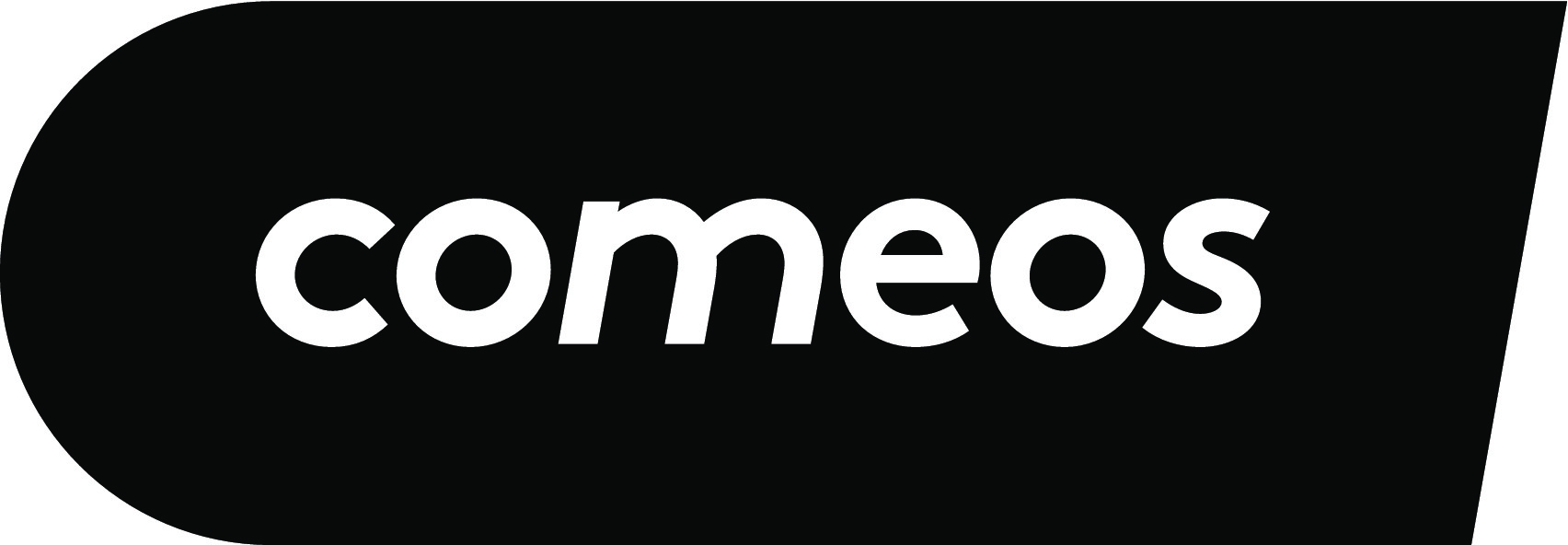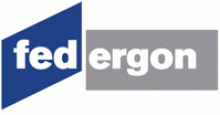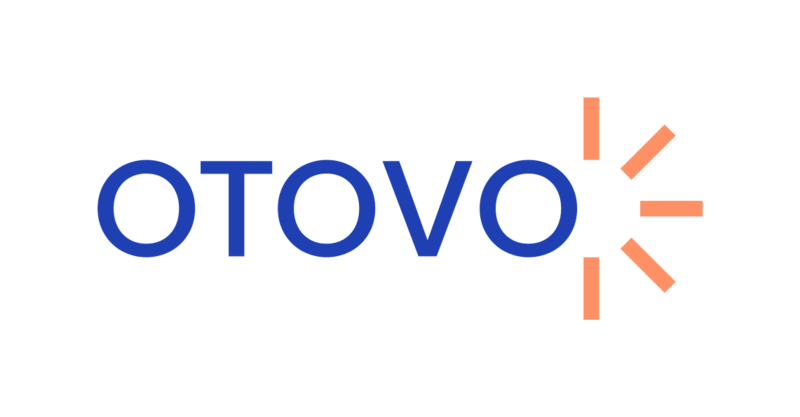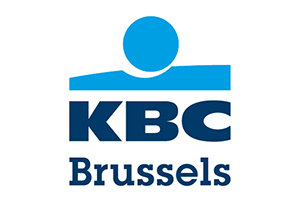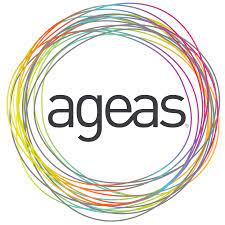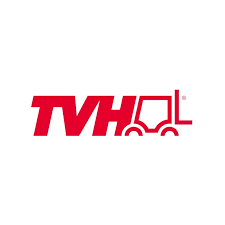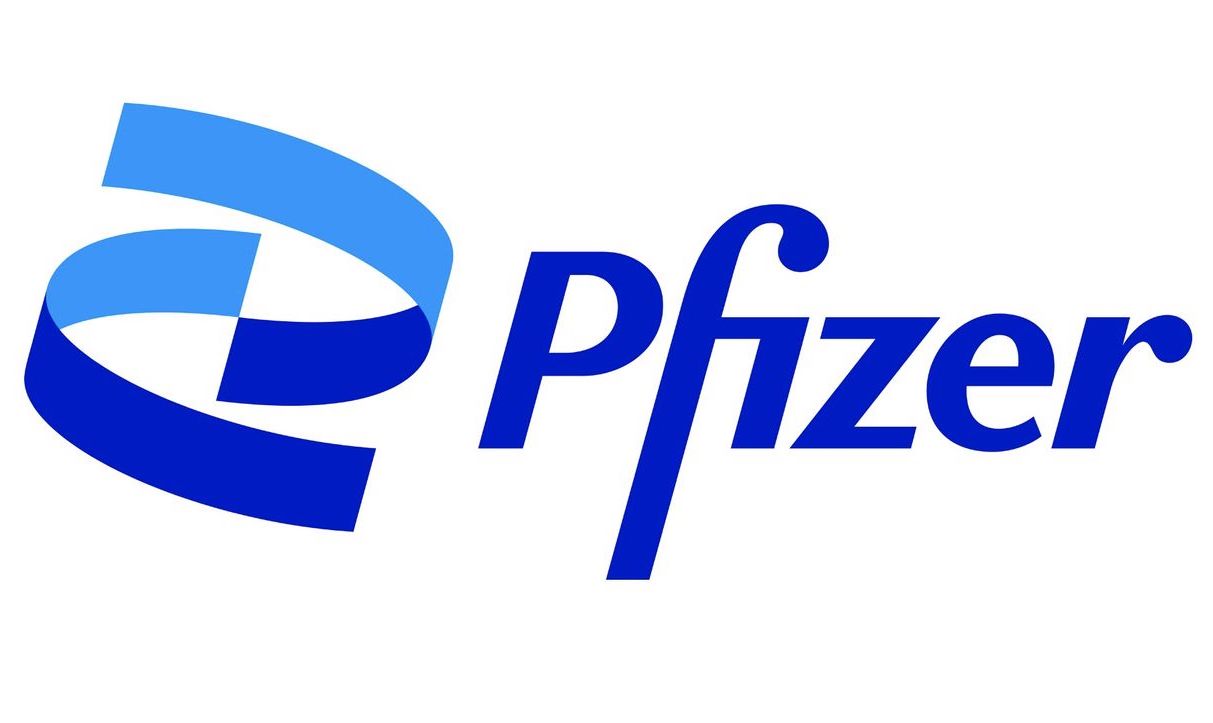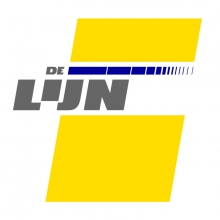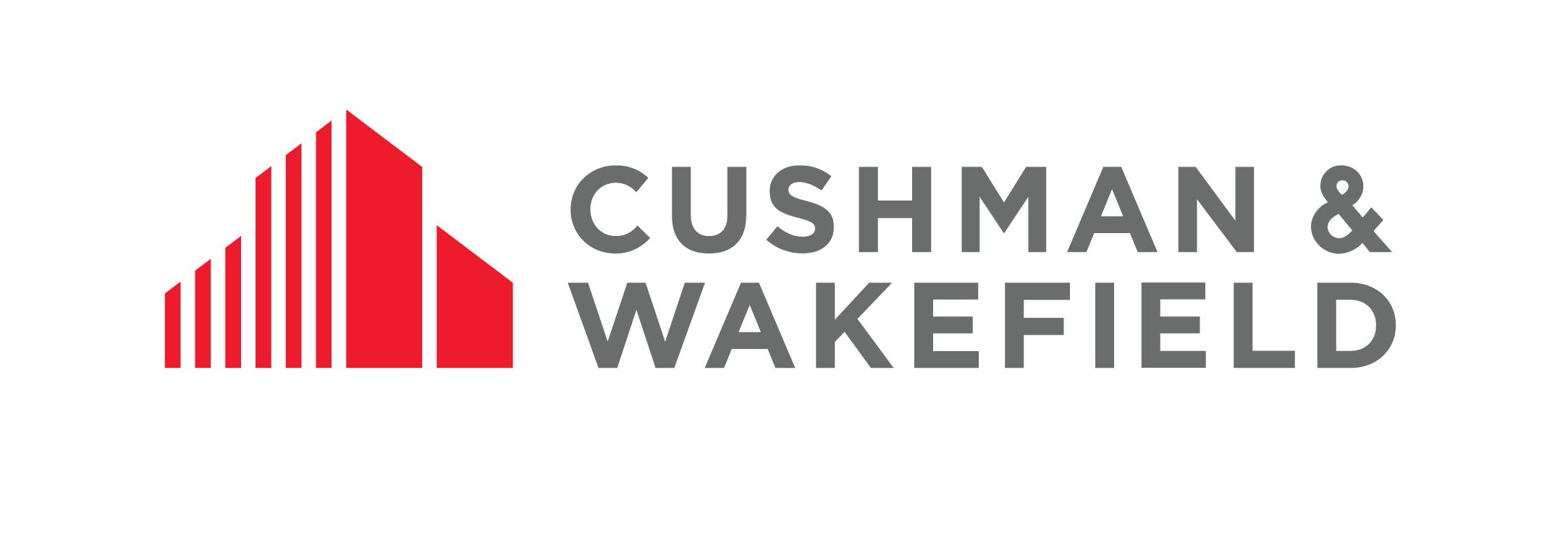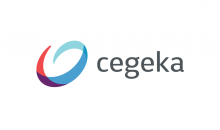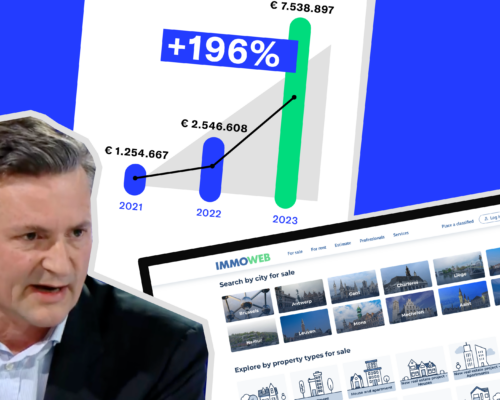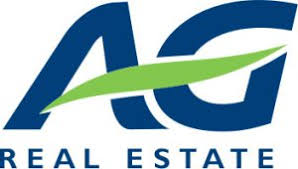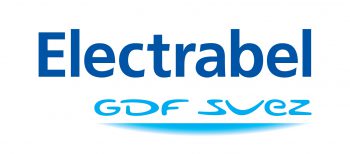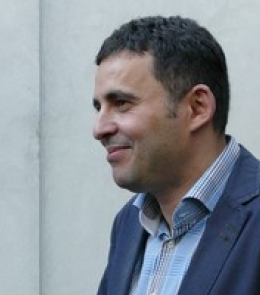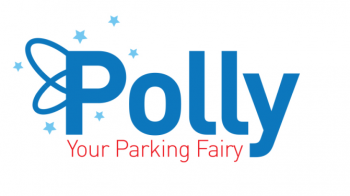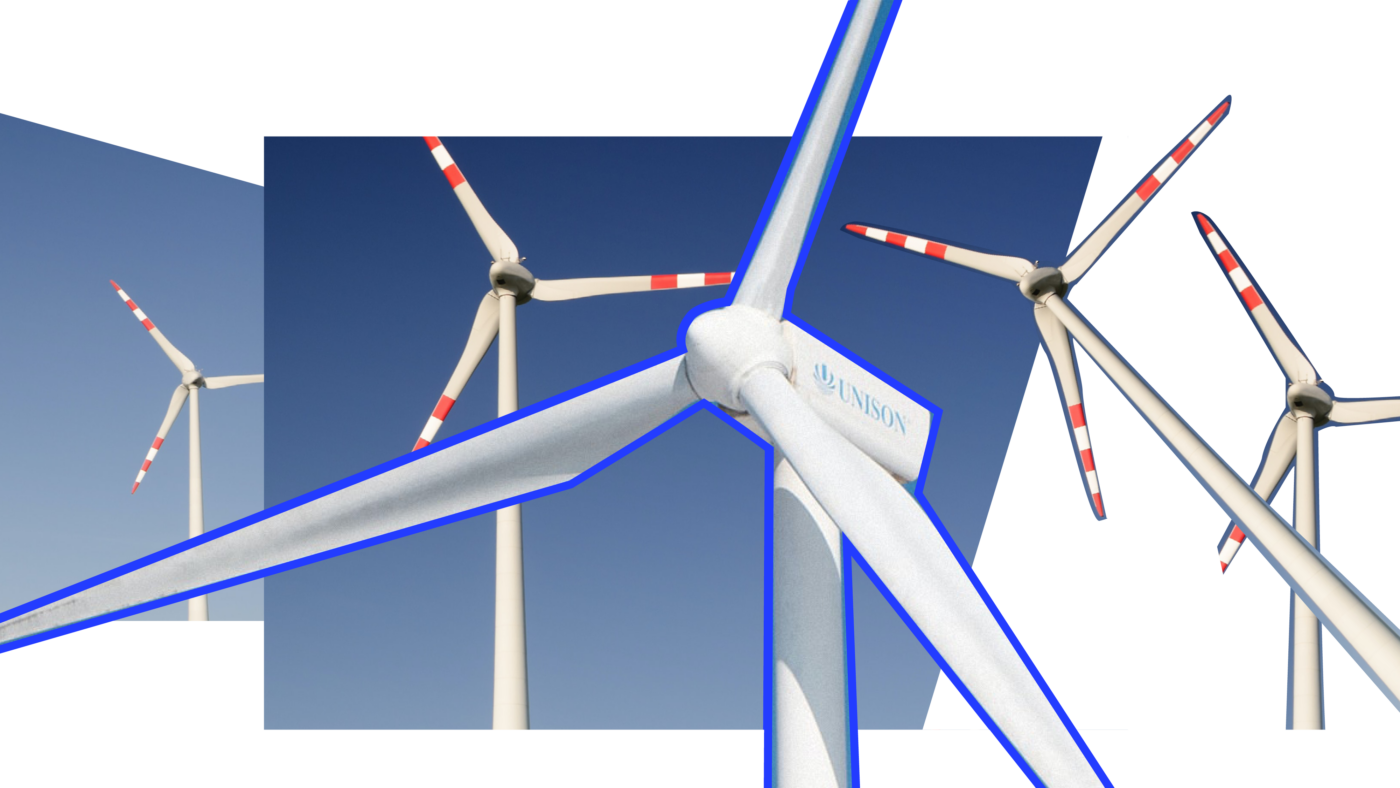For the second year in a row, FINN has analyzed the level of disclosure by some 50 large Belgian companies, particularly with regard to their carbon emissions. Has the pandemic accelerated or slowed down the communication efforts of large Belgian companies? Here are our results, lessons learned and examples to follow.
Taxonomy
The year 2019 marked the introduction of the European Green Deal – and 2020 was a year of accelerated CO2 ambitions at the political level. The European Parliament adopted the regulation defining the Union’s green “taxonomy”, part of which will enter into force by the end of this year.
In a large number of sectors, the taxonomy defines a threshold of CO2 emissions below which a company will be considered “green”.
The idea is to provide greater transparency on the environmental performance of companies, allowing financial investors to make choices with respect to those that really contribute to the objectives of the Paris Climate Agreement.
At a time when the demand for financial products with the “ESG” label (environmental, social and governance criteria) is exploding, the stakes are high for companies seeking to access financing on the markets.
In his traditional annual letter to CEOs, BlackRock’s influential CEO Larry Fink asks companies to publish a plan showing how their business model is compatible with a carbon-neutral economy by 2050, and how this plan fits into their long-term strategy. As the world’s largest asset manager points out, what is now required of companies is consistent reporting that allows similar data to be compared.
The EU also intends to contribute to this goal with a new directive on the publication of non-financial information. This will force all large European companies to publish a report in accordance with new standards (which are currently being prepared) from 2024.
Judicial pressure
The last few months have also confirmed that the pressure on companies is no longer only political or financial, but also judicial.
In a recent ruling, a Dutch court ordered oil giant Shell to reduce its CO2 emissions by 45% from 2019 to 2030. If upheld on appeal and set as a precedent, the case could force any company to not only measure, but also to act on its indirect emissions.
CO2 reporting by large Belgian companies: first observations
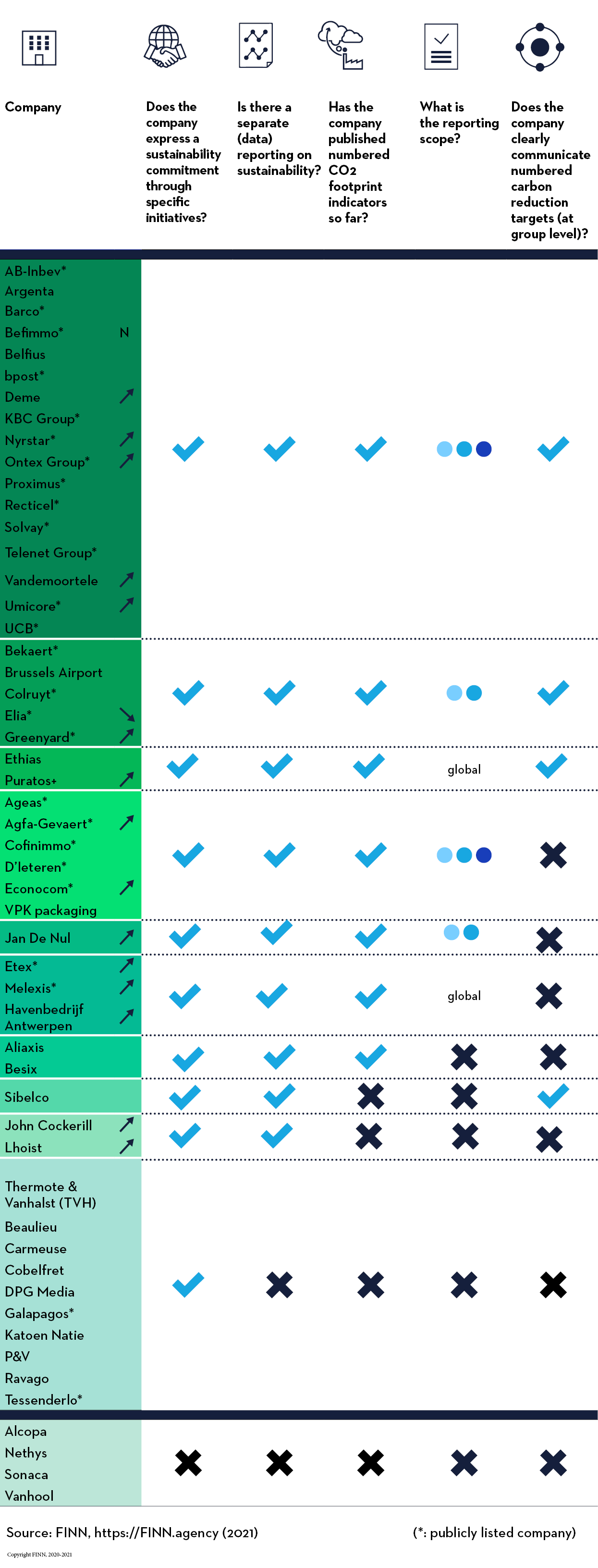
Some large companies still limit their communications to vague statements of intent or hollow statements, but their numbers are decreasing. In one year, the number of companies that more or less precise indicators of their CO2 emissions rose from 64% to 71%.
Similarly, the number of companies that publish a meticulous and truly representative balance sheet has increased from 50% to 63%.
One example is Vandemoortele, which calculated its carbon footprint for the first time in 2020.
Ontex is adding indirect “scope 3” emissions to its publication this year, while Econocom, Ethias and Agfa Gevaert have also made progress in their reporting. To keep up with the new reality, Belfius is committing to take into account in the future all the important emission factors related to teleworking.
However, for 19 of the 55 companies in our sample, it is still impossible to know the real quantity of emissions they generate annually.
Carbon targets on the rise
Several companies have also made progress in formulating their targets. Fourteen of the 54 companies surveyed (26%) have either set, or raised or updated their emissions reduction targets for the first time.
Greenyard, like Vandemoortele, is committing, for the first time, to setting clear, science-based targets within two years, i.e., aligned with the overall reduction trajectory set by the Paris Agreement.
In addition, a growing number of companies are no longer content with distant targets (such as carbon neutrality in 2050). Many have set 2025 or 2030 as the first milestone on which to base their self-assessment.
Listed companies still lead the way…
Driven by a greater culture of transparency, exposure to the financial markets and their legal obligations, most of the large Belgian listed companies disclose their emissions (scope 1 and 2 at least) and objectives in great detail, such as the Bel20 pillars: UCB, Solvay or Proximus.
In contrast, large family-owned groups – and there are many of them in Belgium – often lag behind in their carbon communications. The same is true for some companies whose main shareholders are public entities.
We did not find any CO2 reporting or even any reference to the fight against climate change in the communications from Alcopa, Sonaca, VanHool (except through the development of more ecological buses) or Nethys (except through the group’s energy activities).
Conclusions
The vast majority of companies understand that the challenge of decarbonizing their activities has become central to their business. The reporting requirements on CO2 efforts from all stakeholders is bound to accelerate in the coming years.
Rather than being a constraint, good CO2 communication offers each company the opportunity to position itself as a winning player in the green transition, which has become the major axis of Belgian and European economic redevelopment.
Methodology
We included companies with a Belgian capital base whose size is measured on the basis of their 2019 turnover. We removed financial holding companies and trading companies from the sample.
We based our analysis on the latest annual reports published before 8 June 2021 (both financial and CSR/sustainability), and on the corporate websites of these companies.
Our analysis was on based on 5 questions:
- Does the company express a commitment to sustainable development and/or present concrete initiatives?
- Does the company engage in specific sustainability reporting, including quantitative data?
- Has the company published its carbon footprint, with supporting figures?
- What is the scope (1, 2, 3)?
- Does the company communicate clear and quantified CO2 reduction targets (at group level)?
The purpose of our research is not to judge decarbonization ambitions, their alignment with the objectives of the Paris Agreements, the choice of “metrics” or the credibility of the plans undertaken by companies, but rather the way they communicate on this subject.


